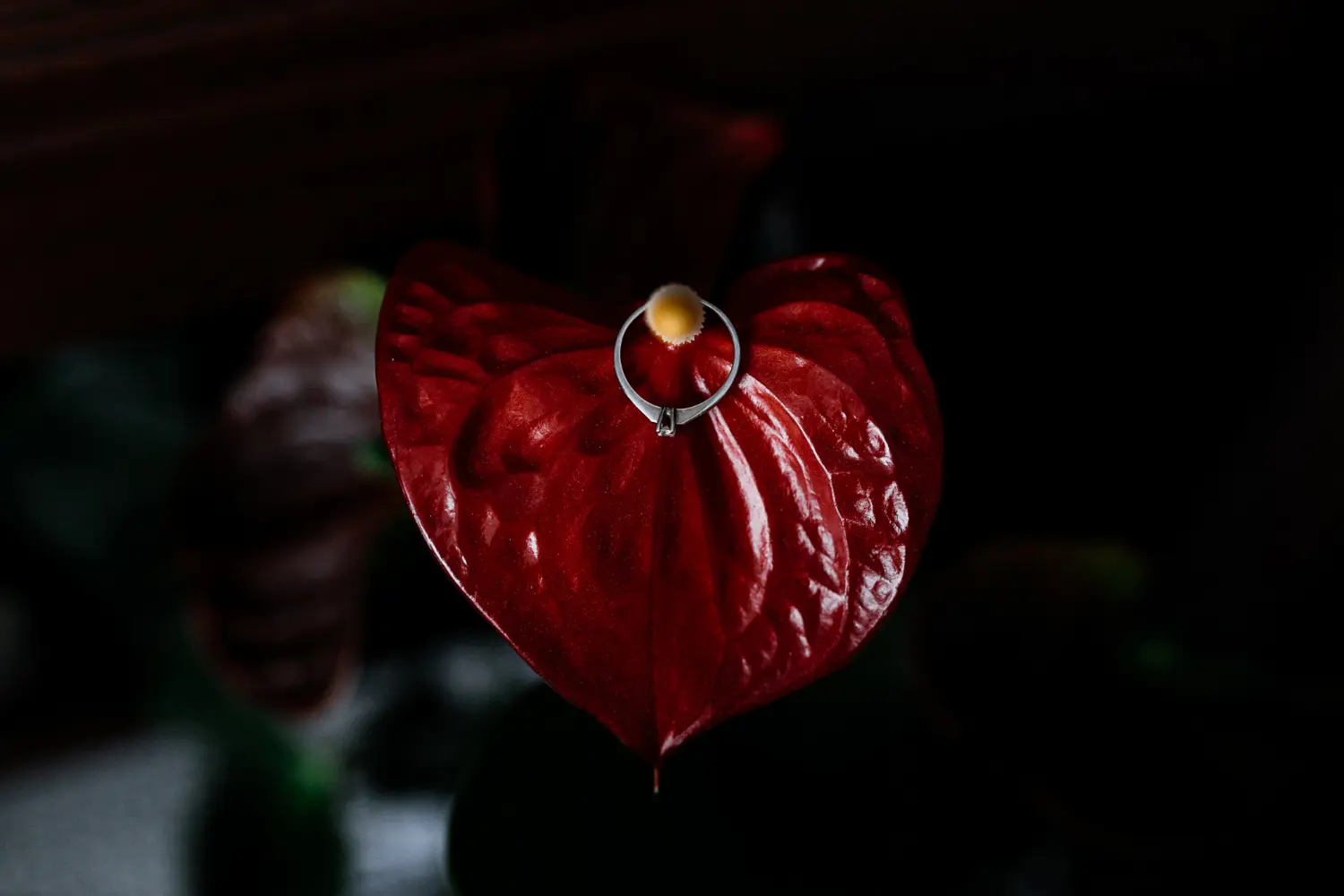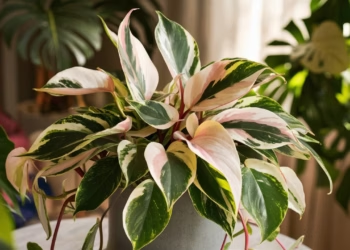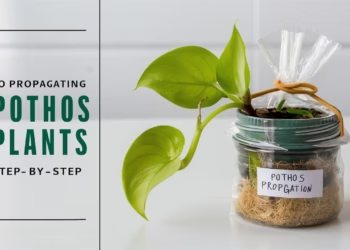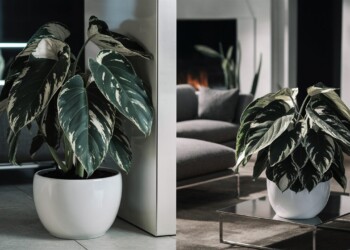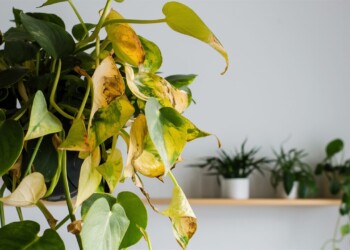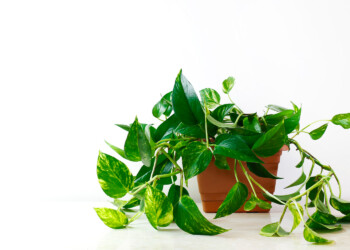So, you’ve decided to add a touch of lush greenery to your indoor space, and you’re eyeing the stunning Aglaonema Red. But wait, before you dive in, let’s walk through what it takes to nurture and maintain these beautiful plants. Aglaonema Red, with its vibrant foliage and easy-care nature, can be a perfect addition to your indoor garden. However, like any plant, it requires specific attention and care to thrive. In this comprehensive guide, we’ll unravel the mysteries of Aglaonema Red care, ensuring your green friend flourishes happily in your home.
Table Of Contents
What is Aglaonema Red?
Aglaonema Red, scientifically known as Aglaonema spp., is a species of evergreen perennial plants native to tropical and subtropical regions of Asia. These plants are prized for their striking foliage, featuring shades of red, pink, green, and silver, making them a popular choice for indoor decoration. Apart from their aesthetic appeal, Aglaonema Red plants also offer several benefits, both for your health and your living space.
Benefits of Having Aglaonema Red
- Air Purification: Like many houseplants, Aglaonema Red plays a vital role in improving indoor air quality by filtering out harmful toxins and pollutants.
- Enhanced Aesthetics: With its vibrant colors and lush foliage, Aglaonema Red adds a pop of color and freshness to any room, instantly uplifting the ambiance.
- Low Maintenance: These plants are known for their resilience and adaptability, making them ideal for beginner and seasoned gardeners alike.
- Stress Reduction: Studies have shown that surrounding yourself with indoor plants like Aglaonema Red can help reduce stress, anxiety, and even boost productivity.
- Longevity: With proper care, Aglaonema Red plants can live for several years, becoming cherished members of your indoor garden family.
Choosing the Right Variety
Before diving into Aglaonema Red care, it’s essential to choose the right variety that suits your preferences and indoor environment. Here are some popular varieties of Aglaonema Red:
- Aglaonema ‘Red Siam’: Known for its bold, deep red foliage, this variety adds a dramatic flair to any room.
- Aglaonema ‘Red Valentine’: With its heart-shaped leaves and vibrant red hues, this variety symbolizes love and passion.
- Aglaonema ‘Red Gold’: Featuring a striking combination of red and gold tones, this variety adds a touch of elegance to your space.
- Aglaonema ‘Red Emerald’: Characterized by its glossy, emerald-green leaves tinged with red, this variety exudes sophistication.
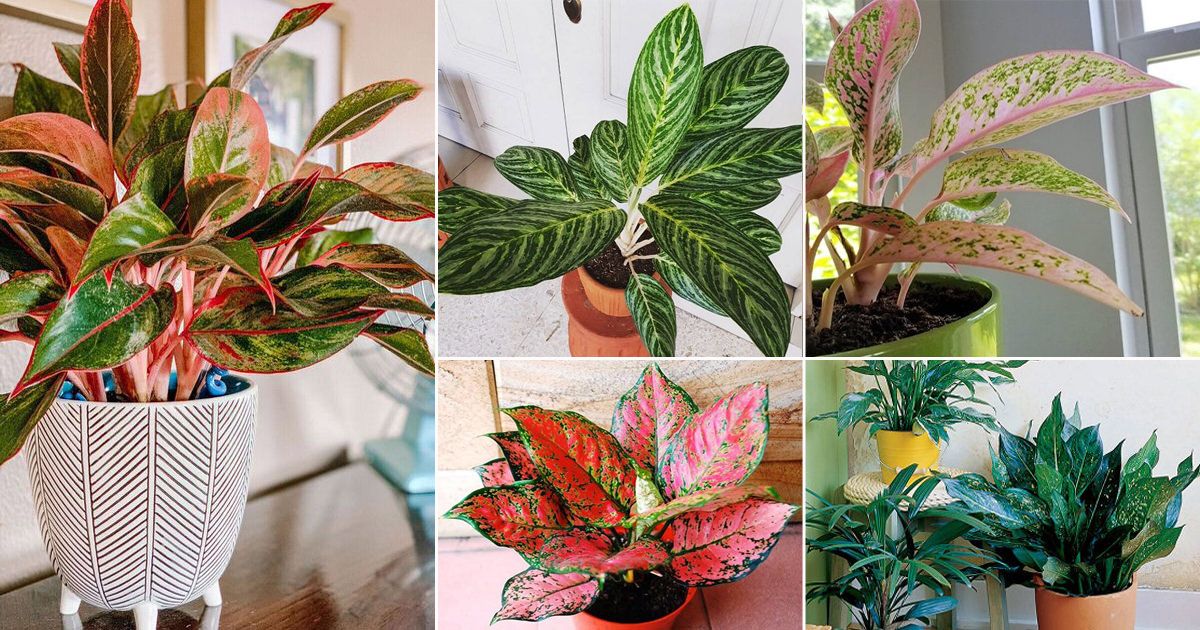
Aglaonema Red Care Basics
Now that you’ve chosen the perfect Aglaonema Red variety, let’s delve into the essential care tips to ensure its health and vitality.
Light and Temperature
Aglaonema Red thrives in indirect, bright light but can tolerate low light conditions, making it suitable for various indoor settings. Avoid exposing your plant to direct sunlight, as it can scorch the delicate foliage. Ideally, maintain temperatures between 65°F to 80°F (18°C to 27°C) to keep your Aglaonema Red happy and thriving.
Humidity and Watering
Maintaining the right humidity levels is crucial for Aglaonema Red’s health. These plants prefer moderate to high humidity, so consider placing them near a humidifier or regularly misting their leaves. When it comes to watering, allow the top inch of soil to dry out between waterings, ensuring proper drainage to prevent waterlogging and root rot.
Soil and Potting
Use well-draining, peat-based potting soil mixed with perlite or sand to provide optimal growing conditions for your Aglaonema Red. Repot your plant every 1-2 years, or when it outgrows its current pot, using a slightly larger container to accommodate its growing roots.
Fertilization and Pruning
During the growing season (spring and summer), fertilize your Aglaonema Red monthly with a balanced, water-soluble fertilizer diluted to half strength. Avoid over-fertilizing, as it can lead to fertilizer burn and other issues. Additionally, remove any yellowing or dead leaves regularly to promote healthy growth and maintain the plant’s aesthetic appeal.

Common Issues and Troubleshooting
Despite being relatively low maintenance, Aglaonema Red plants may encounter some common issues that require prompt attention.
Pests and Diseases
Keep an eye out for common pests such as spider mites, aphids, and mealybugs, which can infest Aglaonema Red plants. Treat infestations promptly with insecticidal soap or neem oil, ensuring thorough coverage of both the foliage and the soil. Additionally, watch for signs of fungal diseases such as root rot and leaf spot, which can occur due to overwatering or poor drainage.
Yellowing Leaves and Browning Tips
Yellowing leaves and browning tips are often signs of underwatering, overwatering, or inadequate humidity. Adjust your watering frequency accordingly, and consider increasing humidity levels to prevent further leaf damage. Trim any dead or damaged foliage to promote new growth and maintain the plant’s appearance.
Propagation Techniques
Interested in expanding your Aglaonema Red collection? Here are some propagation techniques to try:
Division and Stem Cutting
Dividing mature Aglaonema Red plants into smaller sections or taking stem cuttings is an effective way to propagate new plants. Ensure each division or cutting has several healthy roots or nodes and plant them in a well-draining potting mix to encourage root development.
Propagation in Water and Soil
You can also propagate Aglaonema Red plants by rooting stem cuttings in water or directly in soil. Place the cuttings in a jar of water, ensuring the nodes are submerged, and change the water regularly to prevent stagnation. Alternatively, insert the cuttings into moist potting soil, keeping them warm and humid until roots develop.
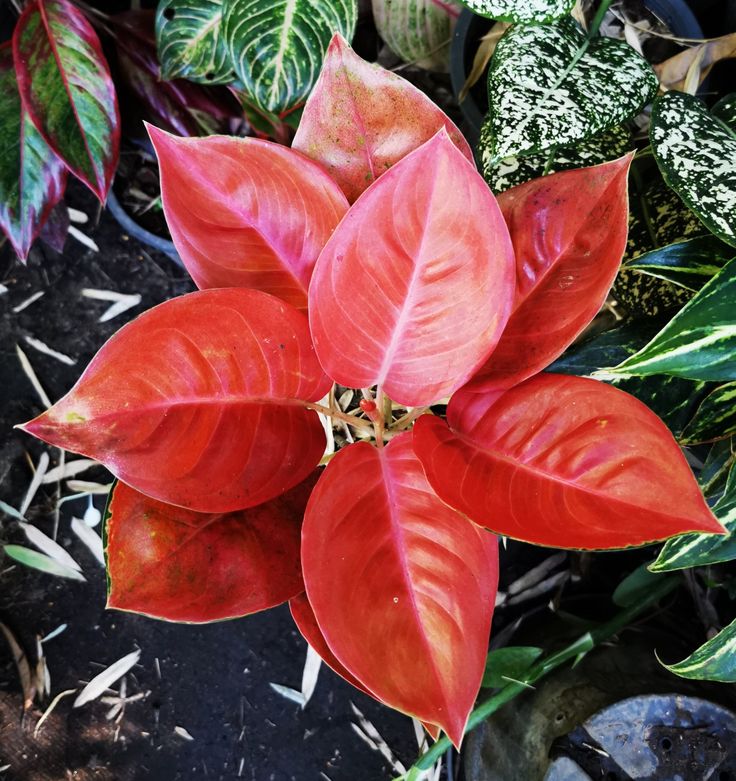
By following the guidelines outlined in this comprehensive care guide, you can ensure that your Aglaonema not only survives but thrives in its indoor environment. With proper lighting, watering, feeding, and additional care, your Aglaonema will reward you with lush foliage and vibrant colors, enhancing the beauty of your home or office space. Happy growing!
FAQs
Does Aglaonema need sunlight?
Aglaonema plants prefer bright, indirect light but can tolerate lower light conditions. They should be kept away from direct sunlight, as exposure to harsh rays can scorch their leaves. Optimal placement is near a north or east-facing window where they can receive filtered light throughout the day .
How to take care of red Aglaonema?
To care for red Aglaonema:
- Light: Provide bright, indirect light, avoiding direct sunlight.
- Watering: Water when the top two inches of soil are dry, typically every two weeks. Ensure proper drainage to prevent waterlogging.
- Humidity: Maintain moderate humidity levels, as Aglaonema plants prefer slightly humid conditions.
- Temperature: Keep them in a warm environment, ideally between 65°F to 80°F (18°C to 27°C).
- Fertilizing: Feed with a balanced, water-soluble fertilizer every two to four weeks during the growing season.
- Pruning: Trim yellowing or dead leaves regularly to maintain plant health and appearance.
How often should I water red Aglaonema?
Red Aglaonema plants should be watered approximately every two weeks, allowing the soil to dry out partially between waterings. It’s crucial to avoid overwatering, as this can lead to root rot. Always check the moisture level of the soil before watering to ensure it’s not too wet.
Can red Aglaonema get too much light?
Yes, red Aglaonema can suffer if exposed to too much direct sunlight. Too much light can cause the leaves to become scorched or burnt, leading to damage. It’s best to place red Aglaonema in a location with bright, indirect light to prevent leaf damage and maintain its health.
